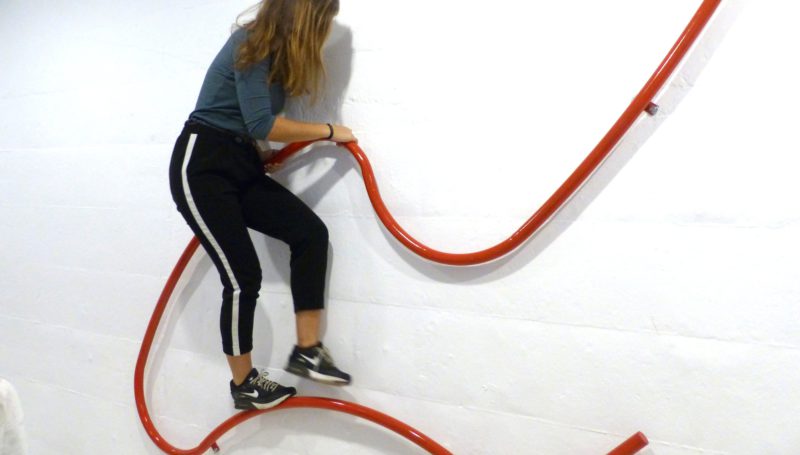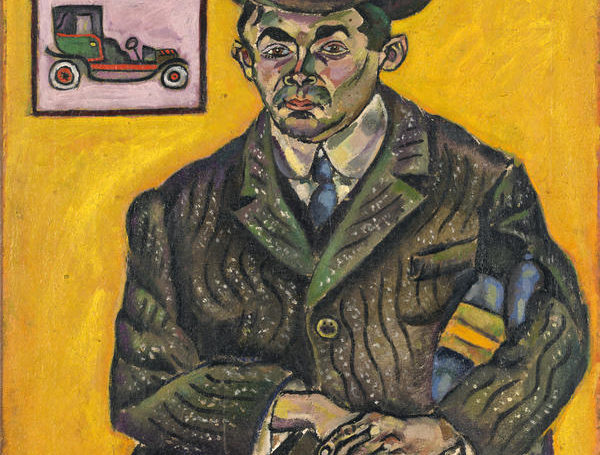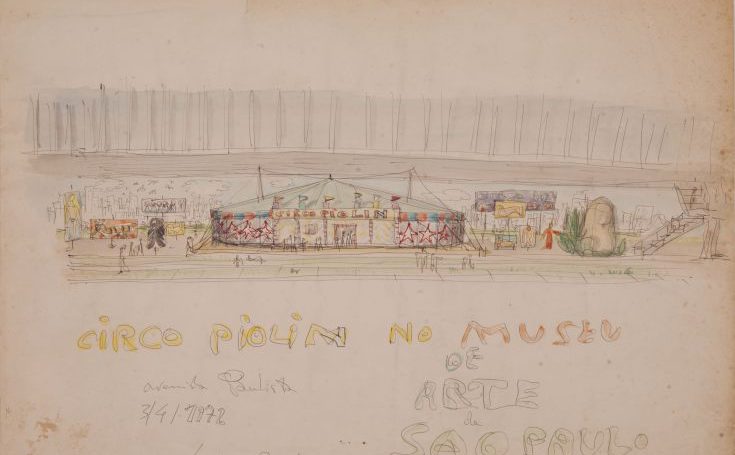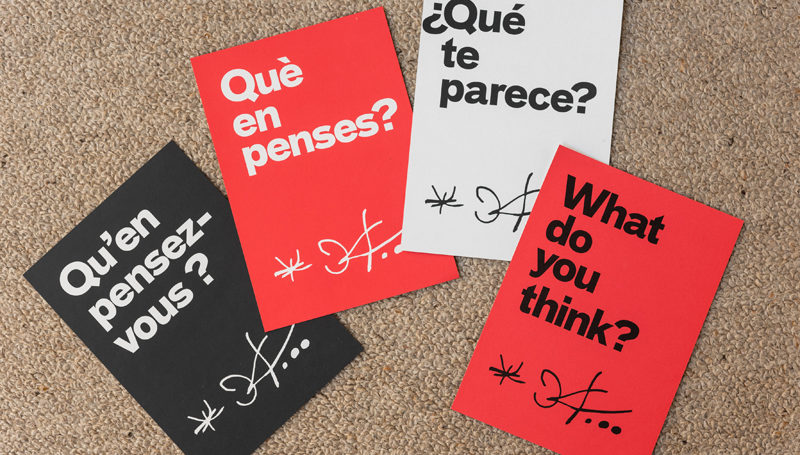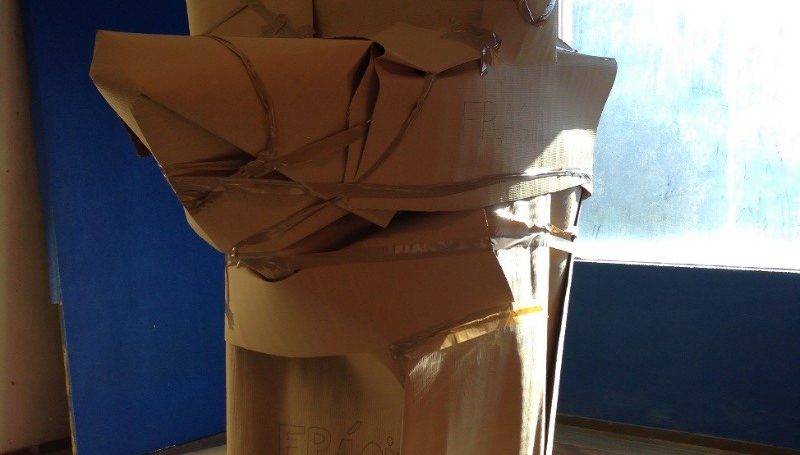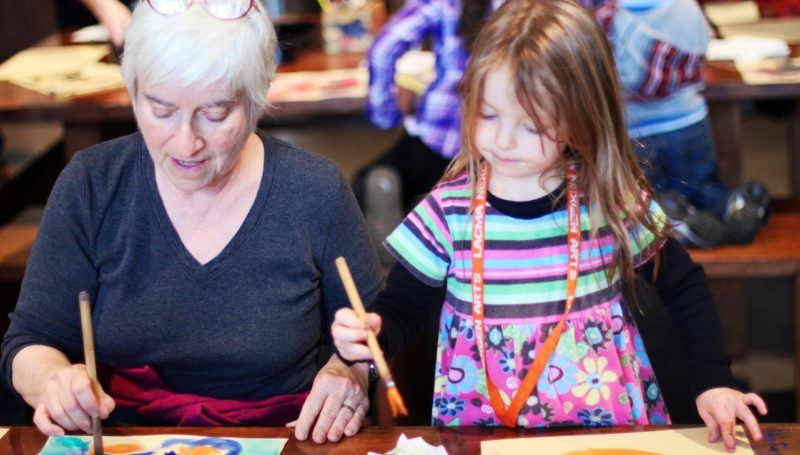
How to Preserve Our Memories
Over the past few weeks there has been a fair amount of talk about archives at the Fundació. The exhibition Miró-ADLAN. An Archive of Modernity (1932-1936) has raised our awareness of the importance of the appropriate conservation of papers and documents which may not initially strike us as particularly relevant. Drawings, postcards, notebooks, newspaper clippings, tickets to concerts or exhibitions, iconic posters, opera programmes… assorted documents such as these may not only contain memories of great sentimental value, but also constitute a legacy that can be of great interest.
Anna Ferran, who specialises in preventive conservation and paper restoration, offers us a few suggestions.
Continue reading How to Preserve Our Memories




